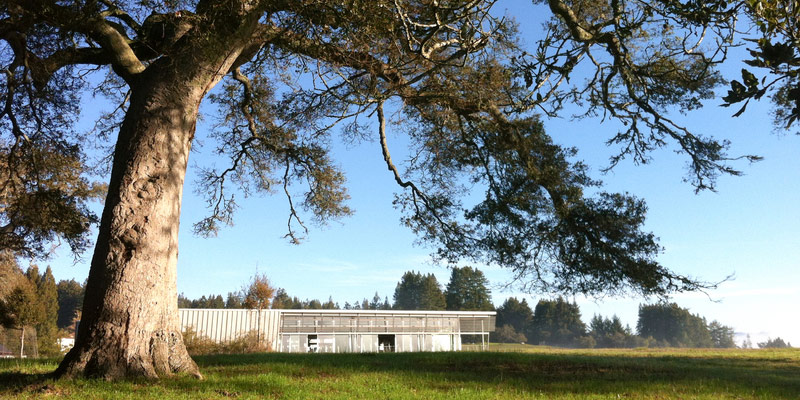Log on to photos.ucsc.edu to find images of people and programs at UC Santa Cruz.
A great picture is worth a thousand words (and a lot of money). Below are a few tips for capturing your own photos. A good photo can:
- Capture attention
- Tell a story
- Illicit an emotional response
A few best practices:
Think about your audience before you select an image. What interests them? Try to identify the story you are trying to tell through an image before you shoot it.
- Reject photos that are fuzzy or poorly composed. It’s better to do without than to publish poor quality ones.
- Bring out the drama. Long hallways, big windows, interesting expressions.
Click to enlarge - Close up shots of even ordinary items can look very dramatic and sculptural.
Click to enlarge - When shooting outside, shoot in the early morning or late afternoon. Your shadows will be more interesting and there is greater potential for dramatic light.
Click to enlarge - One large photo is much more effective than several small ones.
- If you must use multiple photos on a page, try to select photos with similar colors.
- If you use multiple or small images, be wary of the “spotted” look—images with lots of tiny things in them.
- Be playful when appropriate.
Click to enlarge
People and Portraits
It’s hard to get good portraits. After all, most of us don’t look like movie stars. Here are some tips:
- When you use images of people, strive to reflect our diverse community in terms of ethnicity, age, and physical ability.
- Think cover shot, not passport photo.
- Shoot in soft light, without a flash—harsh light exaggerates skin flaws.
- Move around people to find attractive angles.
- Shoot lots of frames. Open mouths, closed eyes, funny expressions are hard to avoid. Be prepared to spend time editing.
- Keep shooting until your subject relaxes.
Environment
Capturing a sense of campus life and a sense of place is a tall order. Our location and surroundings tell a powerful story. Try to give your subjects a sense of place by looking for iconic or signature locations or elements (Bay in background, redwood trees, key piece of architecture).
Taking photos and video in labs
We all play an important role in promoting a campus environment where students and employees are equipped to work safely. It’s important that UC safety protocols are reflected in photos and video taken in campus laboratories. Each person must promote and model best practices in safety, including wearing the proper personal protective equipment, or PPE.
Laboratory coats (or equivalent protective garments) and protective eyewear are required to be worn by all workers working with hazardous materials. In addition, laboratory personnel occupying the adjacent area, who have the potential to be exposed to chemical splashes or other hazards as determined by SOP requirements and/or the laboratory hazard assessment, are required to wear laboratory coats (or equivalent protective garments) and protective eyewear.
Additionally, individuals taking photos or video and support staff should also wear appropriate PPE.




